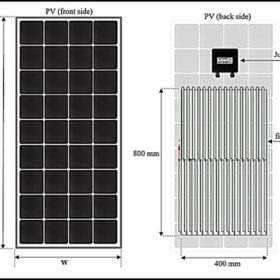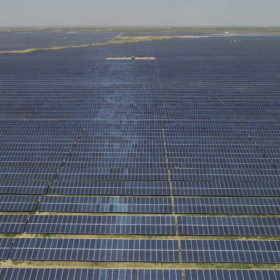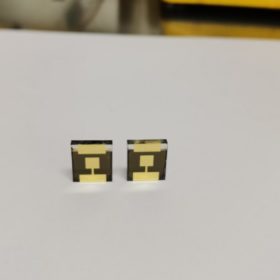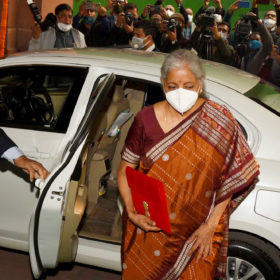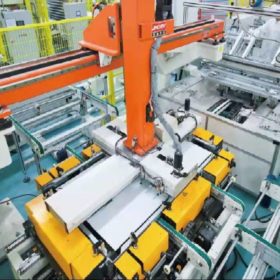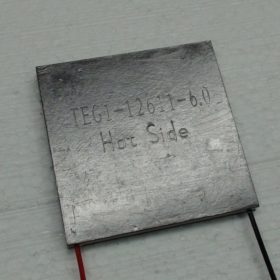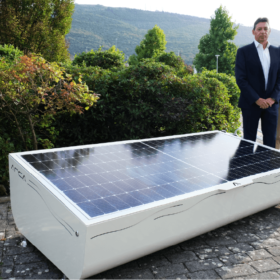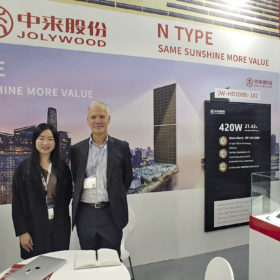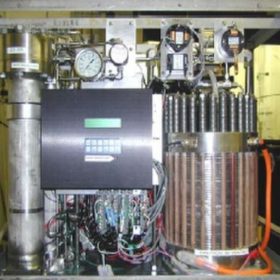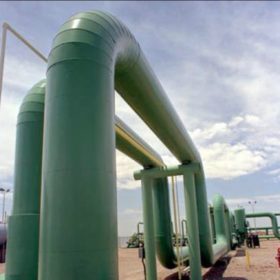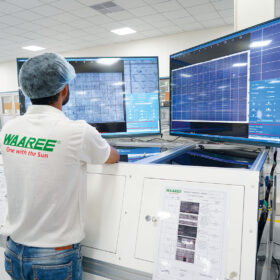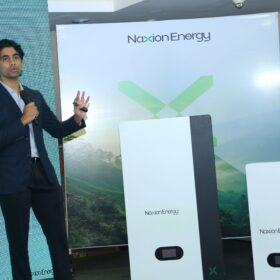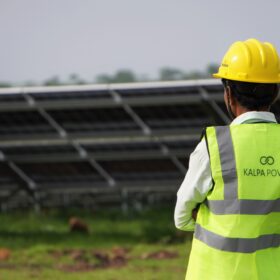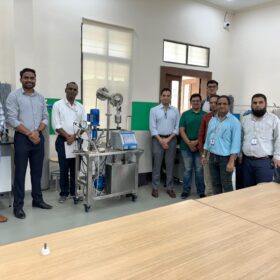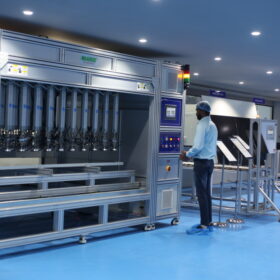Multi-level fin heat sinks for solar module cooling
Developed by Malaysian scientists, the proposed multi-level aluminum fin heat sinks (MLFHS) were found able to reduce the module operating temperature by up to 8.45 degrees Celsius and increase power yield by up to 10.75%. The system cost was estimated at $0.60/W.
Scatec and Acme put their 900 MW Rajasthan solar project on hold
Norway’s Scatec, which has a 50% stake in Acme’s 900 MW solar project in Rajasthan, cited a lack of domestic solar panel supply and the 40% import duty on solar panels effective from April as the reasons for putting the PV project on hold.
Perovskite solar cell with record-breaking fill factor of 86.6%
An international group of researchers has achieved the highest fill factor reported for perovskite cells of any size to date. The device was fabricated with a nitrogen-doped titanium oxide (TiOxNy) electron transport layer aimed at improving charge transport between the cell’s perovskite absorber and the electrodes.
Union Budget targets domestic production with 40% solar import duty and boost to manufacturing-linked incentive
The budget presented today by finance minister Nirmala Sitharaman allocates an extra INR19,500 crore (US$2,602 million) to the production-linked incentive scheme for solar and notifies basic customs duty of 40% on foreign-made solar modules and 25% on cells, from April.
Talesun to supply 250 MW bifacial modules for Rajasthan solar project
The Chinese solar manufacturer has signed a deal with Indian developer Clean Solar Power to supply 250 MW of BIPRO series bifacial modules for a solar project in Rajasthan.
Coupling photovoltaics with thermoelectric cooling
An international research team has investigated how solar could be combined with thermoelectric coolers (TECs), which are small solid-state heat pumps used either for heating or for cooling. A system was built with six solar panels, an air duct system, four batteries, a charge controller, TECs, an inverter, heat sinks, a test chamber, and condenser fans.
Solar-plus-storage autonomous power generator from Spain
Developed in Spain, the Arca system integrates solar panels, power electronics, and energy storage. Arca Lite has a rated power of 490 Wp, and Arca Plus of 980 Wp.
The long read: Expansions in n-type solar tech
The past 12 months have been a turbulent time for PV manufacturing. Rapid and impressive developments in technology have been accompanied by price increases up and down the supply chain, and energy shortages weighed on production in the second half of the year. Chinese n-type module manufacturer Jolywood is now pressing ahead with ambitious expansion plans despite the disruption. pv magazine publisher Eckhart K. Gouras and editor Mark Hutchins recently caught up with Cathy Huang, European sales director at Jolywood, to discuss the company’s plans to bring n-type TOPCon technology into mainstream production.
Electrolyzer sales expected to quadruple this year globally
According to BloombergNEF, electrolyzer shipments may reach up to 2.5GW in 2022, up significantly from 458MW last year. China and the United States will become the world’s first and second markets, respectively.
L&T and Norway’s HydrogenPro to set up electrolyzer gigafab in India
Larsen & Toubro (L&T), an Indian multinational EPC contractor, has partnered with Norway’s HydrogenPro to set up a joint venture in India for gigawatt-scale manufacturing of alkaline water electrolyzers.
